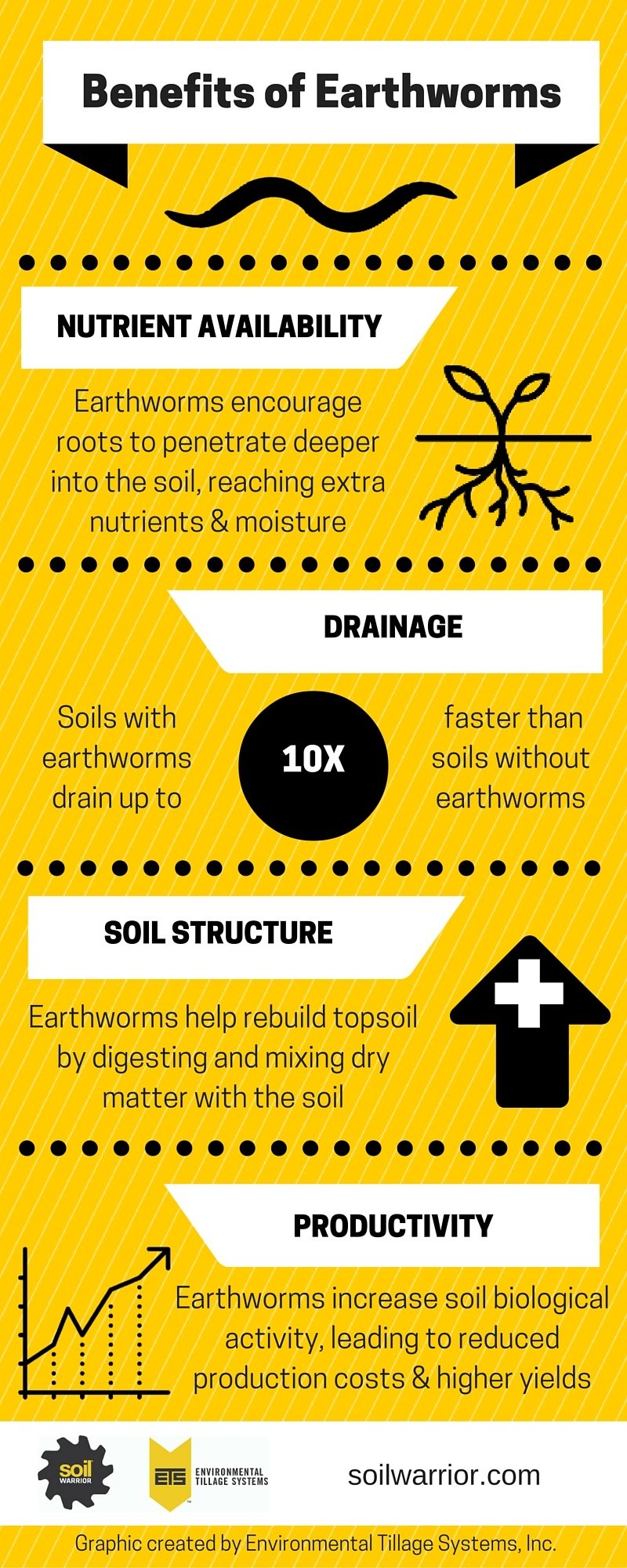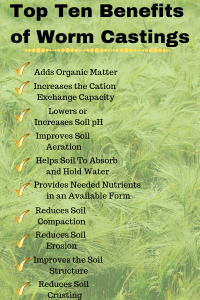North Carolina Worms - Truths
North Carolina Worms - Truths
Blog Article
North Carolina Worms for Dummies
Table of ContentsFascination About North Carolina WormsThe Main Principles Of North Carolina Worms Not known Factual Statements About North Carolina Worms Top Guidelines Of North Carolina Worms
Instance: 1-gallon of worm castings to 4 gallons of potting mix. 1/2 mug in the bottom of the planting opening for smaller sized plants. 1 cup for larger plants.
The addition of tea can also include enhanced microbial biomass to your dirt. You can always side-dress your plants with worm spreadings any time. Just bear in mind, the bacteria will pass away if exposed to UV rays (Sun), so make certain to cover the spreadings with an inch approximately of soil.
This baffled them for years up until the screening methods progressed. They discovered that plant growth and health and wellness exhibited a Bell Contour. It would obtain better(with even more castings), degree off, and afterwards decline. They were bewildered. They ultimately found that excess plant-growth hormonal agents were the offender. A lot of worm spreadings would speed up the development to a pace that the plant might not recover from.
Top Guidelines Of North Carolina Worms
I have stated the virtues of worm castings for about 2000 words. Worm castings are no different. It takes time to develop top quality worm spreadings.
Worm spreadings definitely cost more than chemical fertilizers. Worm castings are on the less costly end of natural fertilizers. (50 gallons per year) It is a much tougher and extremely expensive financial investment to produce huge amounts of worm spreadings.

Producing a healthy and balanced soil might be the greatest advantage of worm castings. We went over worm castings NPK and additionally the proper nutrient evaluation that should apply to worm spreadings.
See This Report about North Carolina Worms
We talked about some of the drawbacks connected with worm castings. I covered a great deal of material in this short article.
The upright burrows are commonly open, although the worms cover the top with residue and excrement. Origins need oxygen for their growth, whereas they generate carbon dioxide that requires to leave the soil.
Earthworms enhance porosity by two devices: (1) by developing permanent burrows, and (2) by improving dirt gathering. Gathering is enhanced by the blending of dirt and natural matter in the earthworms' digestive tracts. Lake Rhodhiss Bait. These extremely stable accumulations are deposited by some earthworms in their burrows, and by others at the surface area of the dirt


In an additional study, earthworms were estimated to take in 4 to 10 percent of the leading 6 inches of the dirt each year. This only mosts likely to reveal the enormous amounts of soil that can be processed by earthworms. Soil compaction minimizes the porosity of the dirt. Due to the fact that earthworms increase porosity, they reduce the effects of compaction.
Rumored Buzz on North Carolina Worms
Typical earthworm populations can quickly take in 2 heaps of completely dry issue per acre per year, partially absorbing and blending it with soil. The importance of earthworms to blend surface area residue with dirt ends up being very clear in dirts that do not have any type of earthworms. The majority of our Pennsylvania dirts contend least some earthworms, and the result of their total absence, consequently, can not be noted.
(http://www.directoryanalytic.com/details.php?id=344304)In these dirts, the development of topsoil with practical natural issue web content did not take area, resulting in inadequate plant growth. Once the reason was established, the federal government of the Netherlands started a project to present earthworms. After the intro of the earthworms, a dark topsoil layer was created, and plant development boosted considerably.
They live largely from partly decayed natural issue that is already incorporated in the soil. They eat their way via the dirt, producing horizontal burrows that they fill with their waste matter. These varieties consume big amounts of dirt that they blend with digested crop deposit in their intestines. or anecic types reside in permanent vertical burrows that can be 5 or 6 feet deep.
Their burrows stay open, although they top the leading with plant residue that they draw to the entryway. These species consume considerable amounts of dirt that they blend with absorbed deposit in their guts. Their waste matter is mostly deposited at the surface area of the soil. The nightcrawler Lumbricus terrestris is the most famous member of this team.
Report this page